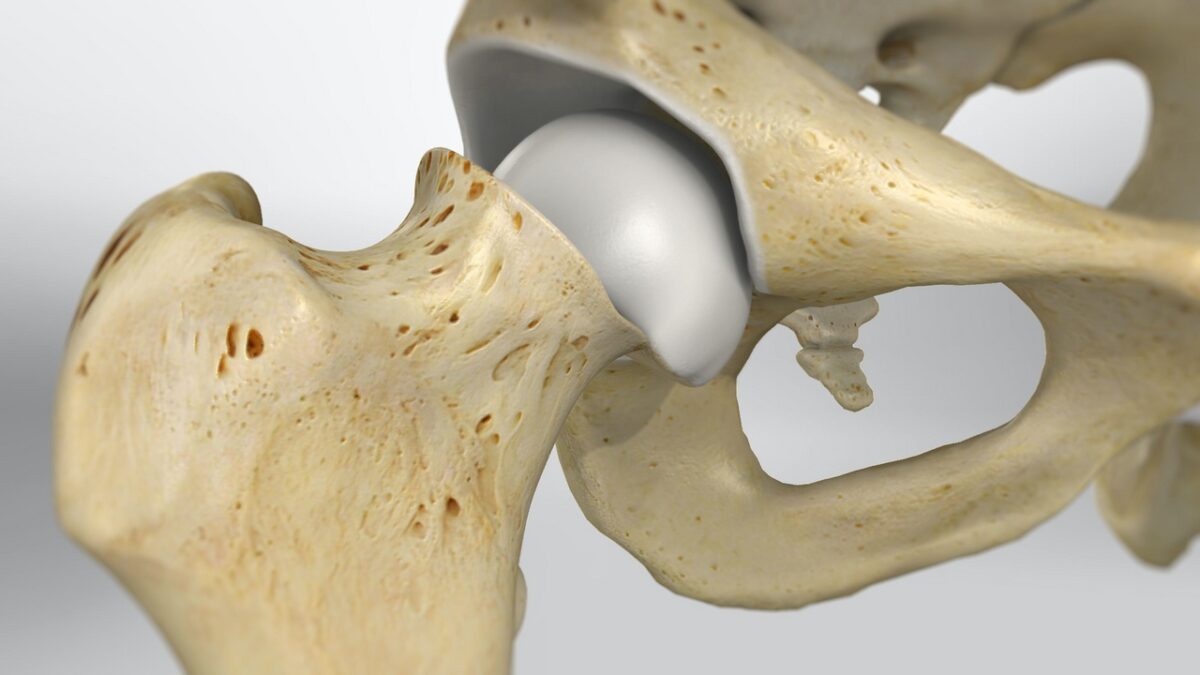Orthopedic conditions are sometimes so serious that they can change the life of the person. Sometimes, even the surgical intervention is not able to help the person get back to his/her normal life as before. Orthopedic Implants are often used during surgery, especially to fix damaged bones. One such orthopedic condition that could become a serious one is slipped capital femoral epiphysis, and this will be our point of discussion in this post. Before we move ahead, let us clear the basics first.
Capital Femoral Epiphysis – An Overview
The rounded head of the femur (thigh bone) fits in a “cup” known as acetabulum that is made of pelvic bones. The femoral head is often called the “ball,” or “capital.” The epiphysis is the term given to the end of the femoral head during growth, and the growth plate connects it to the rest of the femur.
Slipped Capital Femoral Epiphysis
Slipped capital femoral epiphysis (SCFE) is a hip disorder characterized by growth plate damage and the movement of the femoral head. In this condition, the femoral head stays in the acetabulum (the cup) while the rest of the femur moves out of its place. SCFE is a disorder of adolescence and is most commonly seen in overweight children between 11 and 16 years old. Besides this, boys are more prone to developing SCFE than girls.
Causes of Slipped Capital Femoral Epiphysis
The common cause of SCFE is an excessive force applied across the epiphysis. People with excessive weight are at a high risk of developing this condition. In certain cases, the exact cause of the condition remains unknown. Weakening of the growth plate is also one of the reasons that lead to slipping of the femoral head off the femoral neck. Endocrine disorders like hypothyroidism and osteodystrophy are also the risk factors associated with slipped capital femoral epiphysis. Above all, this condition can also pass down into families.
Different Types of Slipped Capital Femoral Epiphysis
Stable SCFE
Stable SCFE is a condition that results in pain in the knee, groin, or hips. This condition is also known to get better with rest and worse while doing physical activity. The child suffering from stable SCFE can walk with a limp that may come & go.
Unstable SCFE
This is the more severe form of the condition in which the child is not able to put any weight on the affected leg. Unstable SCFE is known to be more painful than a stable one.
Slipped capital femoral epiphysis can affect one or both hips, and it can develop gradually.
Symptoms Associated with Slipped Capital Femoral Epiphysis
Some of the common symptoms noticed in people with SCFE may include:
- Pain in the knee, hip, or groin
- Stiffness in the hip
- Outward turning of the foot or leg
- Limping while walking
- Inability to put weight on the affected leg
- The difference in the leg lengths
Diagnosis of Slipped Capital Femoral Epiphysis (SCFE)
Physical examination is the first step during the diagnosis of SCFE. The doctor also examines the walking pattern of the child. After this, an x-ray is also ordered to confirm the condition. Sometimes, an x-ray fails to provide a conclusive report, and in those cases, an MRI is done.
Treatment of Slipped Capital Femoral Epiphysis
Surgical intervention is the prime treatment method used in the case of SCFE. Screws are applied to fix the slipped portion of the femur to the head. That process is known as “screw fixation.” The goal of the surgery is to prevent any further slipping of the bone and any severe complications. In the most severe cases, surgery may be needed right on the day of diagnosis.
Siora Surgicals Pvt. Ltd. is a renowned orthopedic implant manufacturer in India with a strong global presence. It manufactures an extensive range of orthopedic devices like Hand Fracture Plate, Orthopedic Bone Screws, Orthopedic Metal Plates, and Ortho External Fixator.


